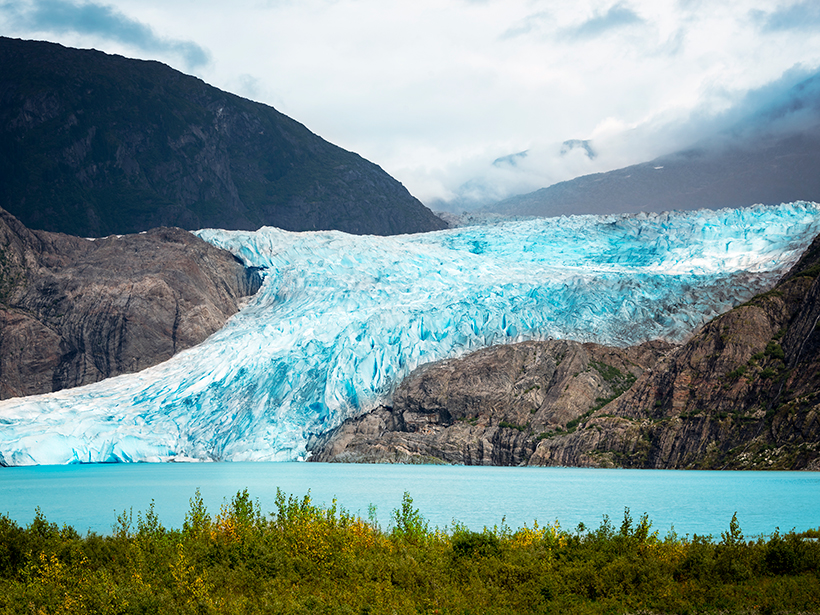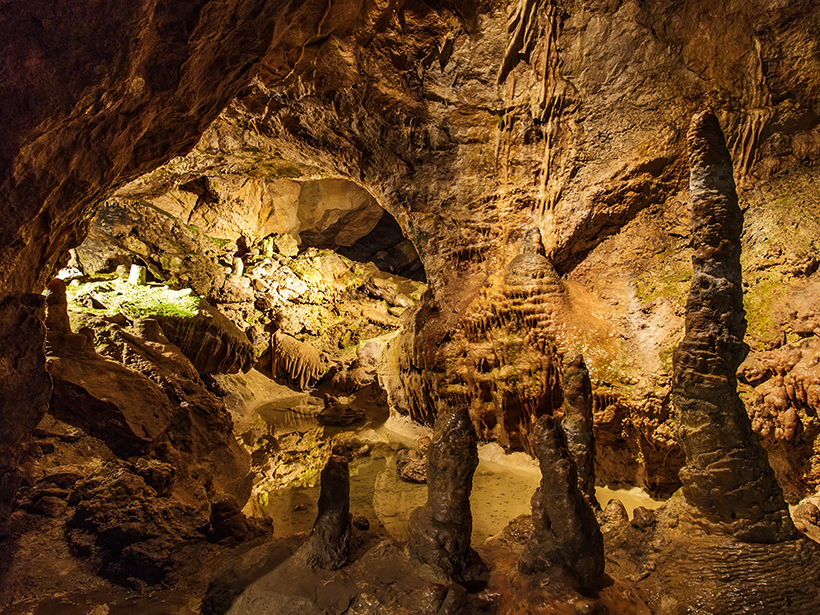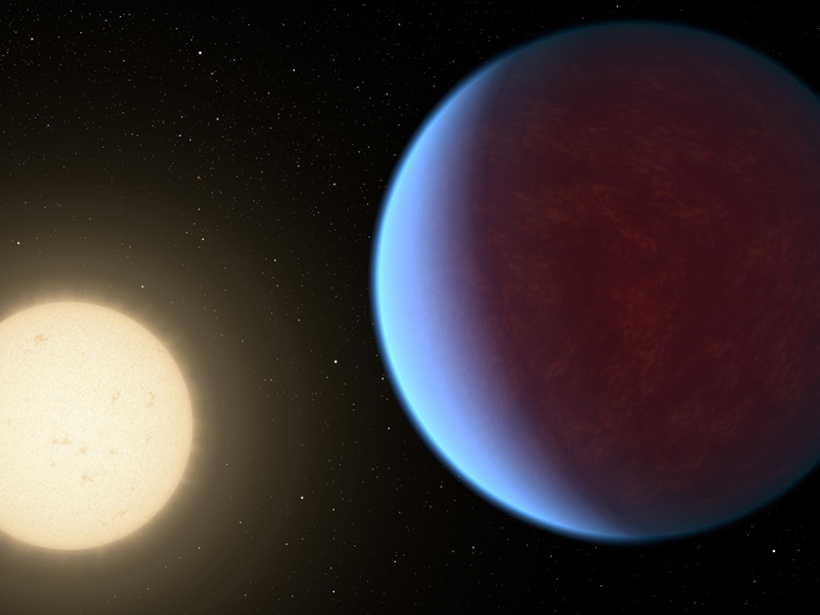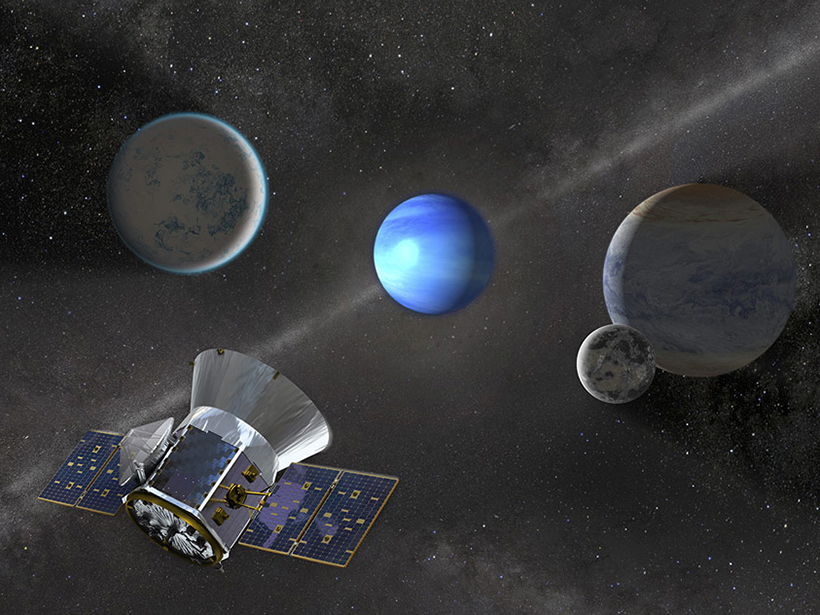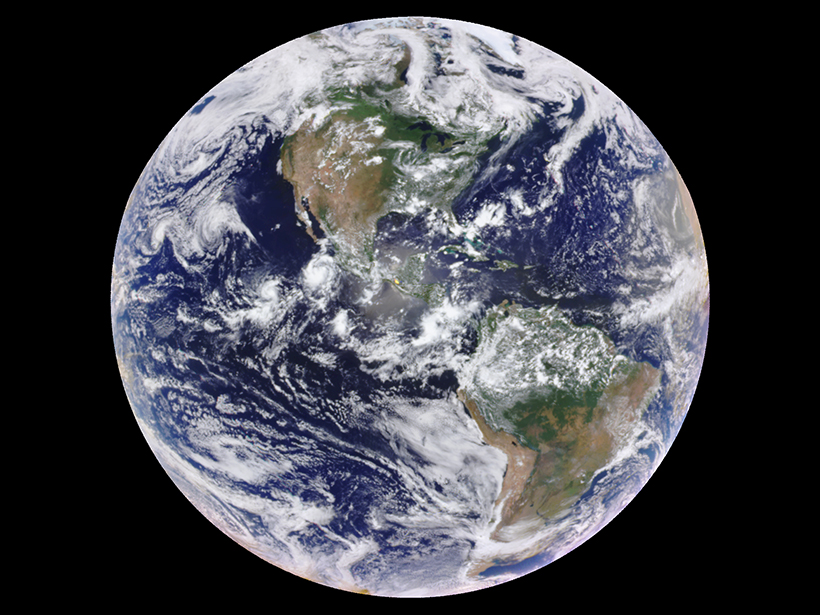Researchers modeled over 200,000 glaciers and found that mountainous regions in Asia contain significantly less glacial ice than previously estimated.
Katherine Kornei
Katherine Kornei is a freelance science journalist covering Earth and space science. Her bylines frequently appear in Eos, Science, and The New York Times. Katherine holds a Ph.D. in astronomy from the University of California, Los Angeles.
Ancient Tsunami Tied to Volcanic Flank Collapse in Italy
Stromboli’s volcanic cone may have suffered multiple flank collapses between the 14th and 16th centuries, triggering tsunamis that led to the abandonment of the island.
The Akkadian Empire—Felled by Dust?
Chemical measurements of a stalagmite from a cave in Iran reveal a large uptick in dust activity in northern Mesopotamia roughly 4,200 years ago, coincident with the decline of the Akkadian Empire.
Climate Modeling Pioneer Leads as Role Model Too
For 60 years atmospheric scientist Warren M. Washington has conducted groundbreaking climate modeling—and launched brilliant careers.
Waves of Deadly Brine Can Slosh After Submarine Landslides
Brine pools—hypersaline, low-oxygen waters deadly to many forms of ocean life—can experience waves hundreds of meters high when hit by a landslide, potentially overspilling their deep-sea basins.
Next Olympics Marathon Course Has Dangerous “Hot Spots” for Spectators
Spectators’ health may be jeopardized by high heat loads along the 2020 Olympics marathon course in Tokyo, a bicycle-mounted meteorological survey found.
Modeling the Climates of Worlds Beyond Earth
Scientists are applying climate models to distant planets to determine their habitability.
Icebergs Reveal Contours of the Ocean Bottom
Using satellite imagery of grounded icebergs near Greenland, researchers estimate the drafts of these ice masses and therefore water depth, measurements that shed light on future sea level rise.
NASA Space Telescope Spots Its Third Planet
A planet 3 times as large as the Earth was detected by the Transiting Exoplanet Survey Satellite in a relatively leisurely orbit—the longest yet detected by this telescope—of 36 days.
One-Pixel Views of Earth Reveal Seasonal Changes
By averaging satellite images of the Earth down to a single pixel, researchers trace how the planet’s mean color varies over time, results that inform observations of distant exoplanets.

